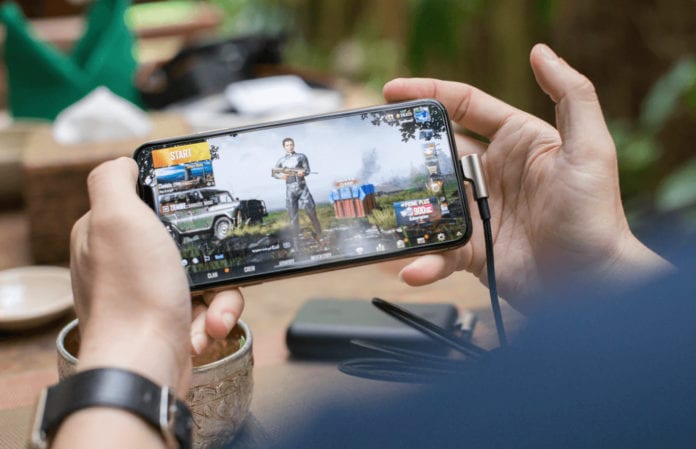Ever since the halcyon days of mobile-responsive websites, smartphone providers have aimed to develop bigger and more powerful devices in order to accommodate the needs of the Internet user. Not only have processing units and GPUs become extremely powerful, but the size of the phones themselves is now gargantuan when compared to iterations from the past. This is largely due to the size of the display screens. However, might these screens continue to grow in dimensions and if so, how large is too large? What will developers such as Samsung and Apple have to take into account if they hope to cater to a loyal client base? Let’s take a quick look at these questions in order to appreciate the relationship between display size and mobile phone sales.

What Benefits Does a Larger Display Screen Have?
Displays of five inches or greater tend to be used by those who play games, view videos and interact with their friends via online chat services. The benefit here is obvious. Massive displays will allow users to view intricate images and lengthy blocks of text. Let’s also remember that the tactile nature of these screens is often used when accessing flash-based programs.
Whether browsing for odds and tips on sites like Comeon cricket betting or accessing a complicated set of infographics before giving a presentation, larger displays will accommodate numerous requirements.
We also need to point out that the resolution of these screens has been vastly improved. Thus, older technologies such as LCD displays are being replaced by more modern variants including OLED and AMOLED designs. In terms of pixels per inch (ppi), users can enjoy second-to-none levels of clarity. We still need to question whether or not these milestones have come at a price.
What Obstacles Still Need to be Overcome?
One common problem which developers have needed to tackle for decades is the question of the size of the phone. Many modern models have become so large that they can be difficult to handle. This can be downright inconvenient and such dimensions could even detract from the onboard technology that is being offered. In other words, well-known manufacturers will need to find a delicate balance between screen size and ergonomics.
A second issue which is being tackled at the moment involves the power supply. Larger screens which boast higher resolutions will require much more power to function at optimal levels. Thus, the phone battery tends to drain quicker. In order to negate such an issue, some designers have employed larger batteries (once again increasing the size and weight of the phone). The good news is that some companies are now beginning to experiment with lightweight and extremely powerful batteries, so the scenarios mentioned above may soon no longer be relevant.
Ultimately, the size of a display screen will be largely based upon individual user preferences. This is why it is always prudent to examine the latest makes and models. It is a foregone conclusion that you will be able to encounter the most appropriate configuration.


